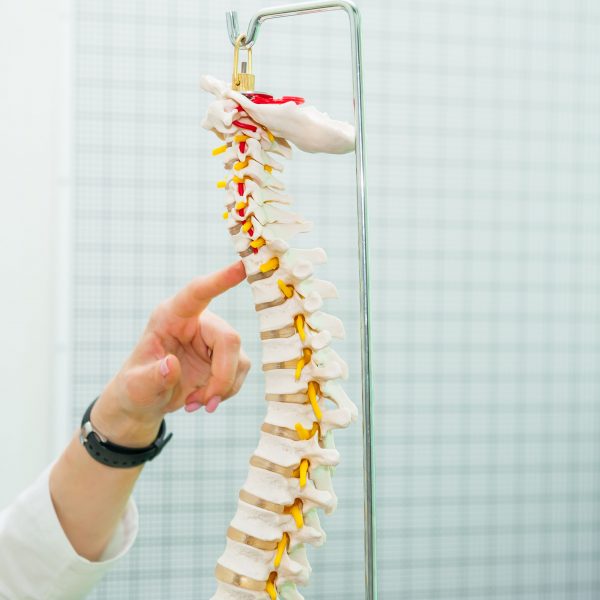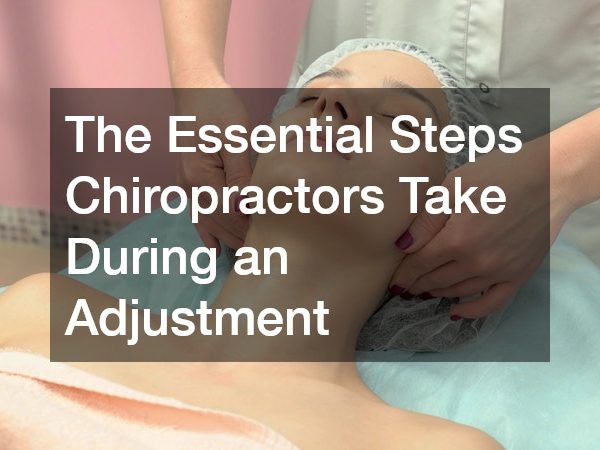The market for mobility aids and equipment such as a lifting hoist for sale will only continue to grow within the next few years. According to Transparency Market Research, this market segment could have a compound annual growth rate (CAGR) of nearly 8% between 2016 and 2024. It would then represent a sharp increase in market value from $7.7 billion to as much as $14 billion.
North America will also dominate the region, but the others such as the Asia-Pacific will also experience a significant increase in demand. Experts see many reasons that will help sustain the products’ popularity in the market. These include the following:
An Ageing Population
Many countries have an increasingly ageing population. In Australia, for example, the median age from 1996 to 2016 increased by three years. The youngest median age was 33 years old while the oldest was 42 in Tasmania.
The population of individuals between 15 and 64 years old also went down to 65.9% from 66.6%. People 65 years old and above increased by 3.3 percentage points. In particular, men and women who are over 80 years old almost doubled in less than 25 years.
The Australian Bureau of Statistics cites life expectancy and the low fertility rates as the two primary reasons for the ageing population. The experts forecast this demographic to increase fast within the next 20 years due to the baby boomers. They could also live an additional 20 to 22 years for men and women respectively. Meanwhile, women are having babies at later ages. The fertility rate has also been declining since the 1970s. In 2016, it went down to 1.8 births per woman.
Ageing has a significant impact on different aspects of society, especially health care. A report by the Department of Health and Aged Care revealed that the cost per episode could go up. For example, it could be $5,000 per year for very old women. The number of events within this group could also increase to 2.1 from 1.2 annually.
Government Support
 Governments have been creating programmes to help reduce the possible impact of ageing on healthcare funding. The objective is to enhance the self-sufficiency or mobility of individuals with a disability. One of these is the Medical Aids Subsidy Scheme in Australia. Under this programme, disabled Australians can receive financial support for continence, communication, and mobility or daily living aids. The assistance can also extend to spectacles, orthoses, medical-grade footwear, and home oxygen.
Governments have been creating programmes to help reduce the possible impact of ageing on healthcare funding. The objective is to enhance the self-sufficiency or mobility of individuals with a disability. One of these is the Medical Aids Subsidy Scheme in Australia. Under this programme, disabled Australians can receive financial support for continence, communication, and mobility or daily living aids. The assistance can also extend to spectacles, orthoses, medical-grade footwear, and home oxygen.
Australians can also receive support from the hospital, which can also run its own programme. The person can buy or loan the equipment even before they leave the facility. The scheme also provides repair and maintenance for reasonable wear and tear.
Studies have shown a strong correlation between ageing and the increase of chronic diseases. The latter might be due to a changing lifestyle or natural breakdown of the body. Either way, they can result in thousands of Australians with problems with mobility. A good percentage of them will spend most of their time only at home.
The developments in medical aids and the financial schemes will prevent further disability. Most of all, they can help bring back the dignity of these individuals by enhancing their self-sufficiency or independence.






